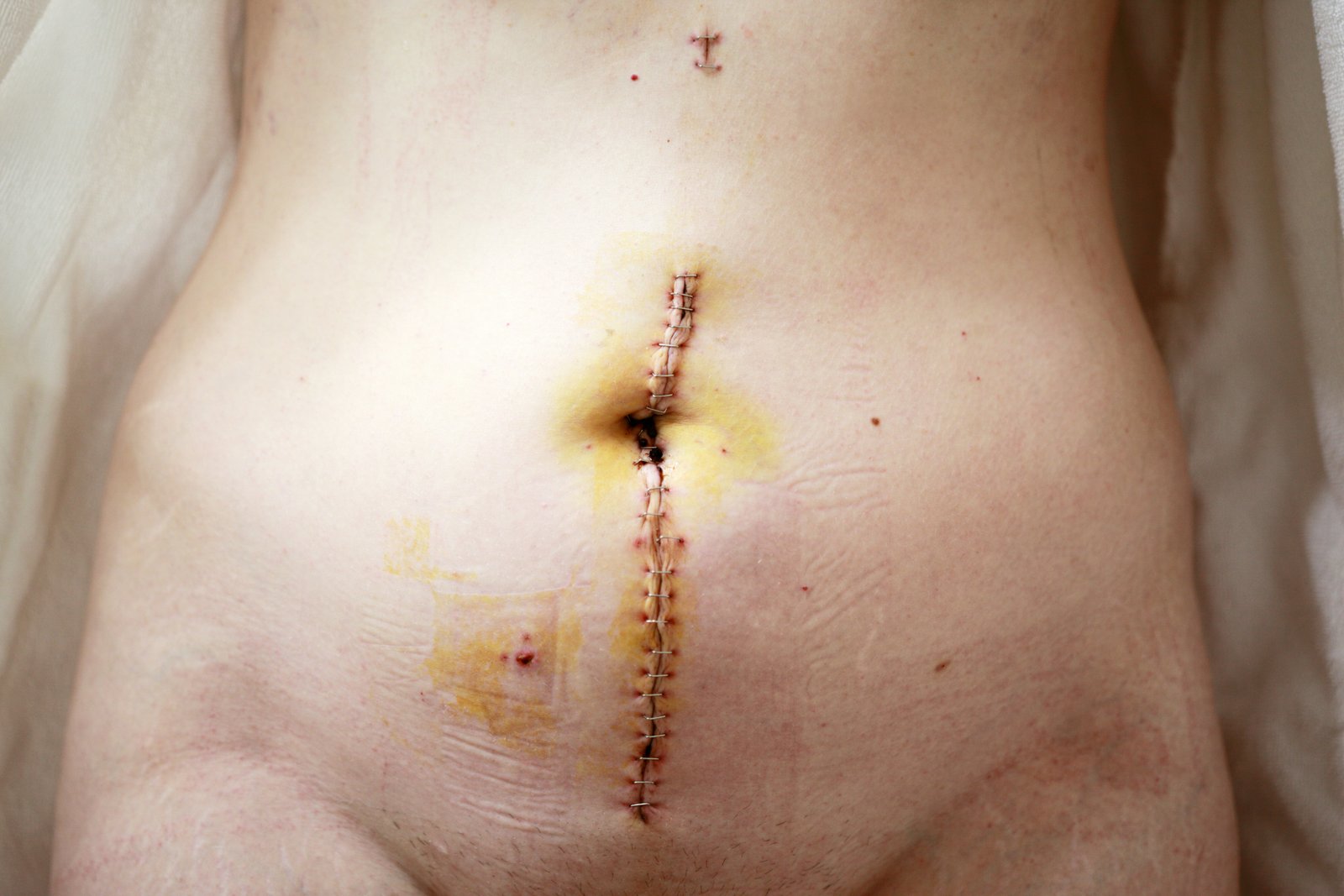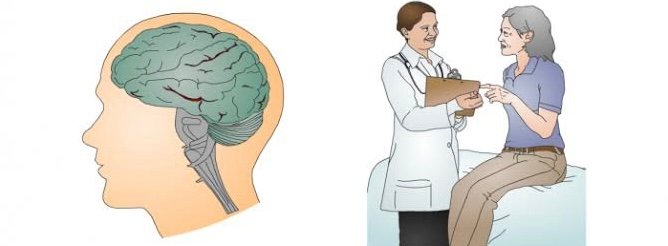Pulmonary tuberculosis primarily affects the lungs and is caused by the bacterium Mycobacterium tuberculosis.
Here’s a detailed overview:
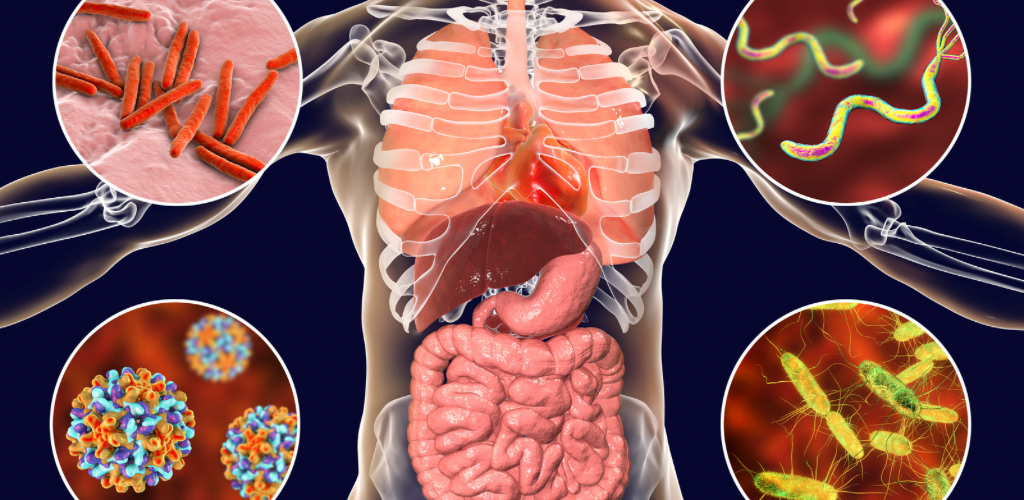
1. Causes and Transmission:
- Spread through airborne droplets when an infected person coughs or sneezes.
- Close and prolonged contact with an infected individual increases the risk.
2. Symptoms:

- Persistent cough, often with blood-tinged sputum.
- Chest pain and discomfort.
- Fatigue, weight loss, and loss of appetite.
- Fever and night sweats.
3. Diagnosis:
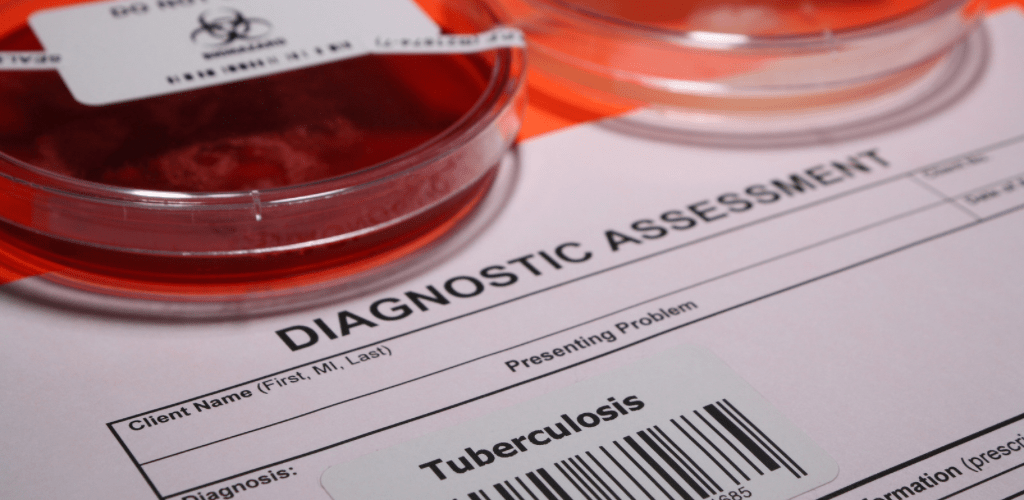
- Tuberculin skin test (TST) or interferon-gamma release assay (IGRA).
- Chest X-ray and CT scans to detect lung abnormalities.
- Sputum tests to identify the bacterium.
4. Treatment:
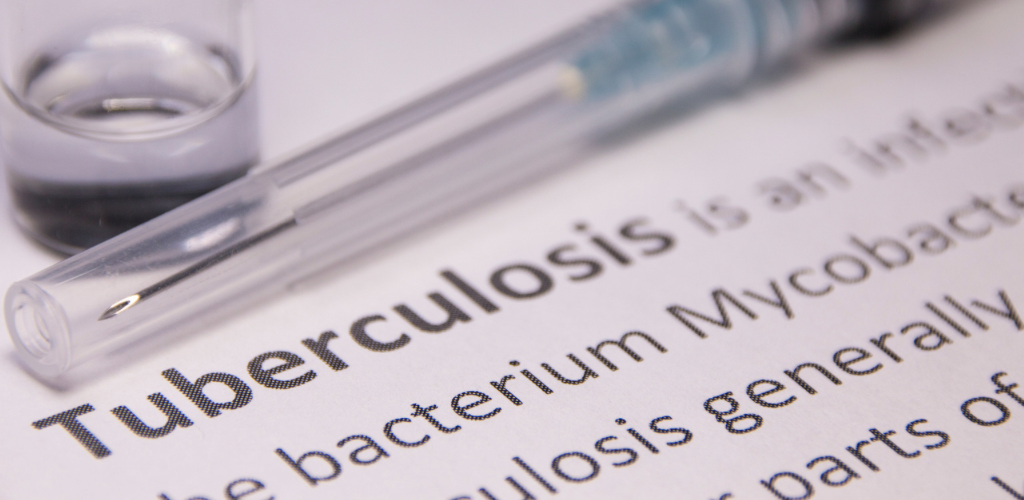
- Typically involves a combination of antibiotics for several months.
- Directly Observed Therapy (DOT) ensures proper medication adherence.
5. Prevention:

- Bacillus Calmette-Guérin (BCG) vaccine can provide partial protection.
- Early detection and isolation of infected individuals help prevent transmission.
6. Challenges:
- Drug resistance is a growing concern, requiring specialized treatments.
- Socioeconomic factors impact access to healthcare and contribute to the disease’s persistence.
Understanding and addressing pulmonary tuberculosis involve a multifaceted approach, including early diagnosis, appropriate treatment, and public health interventions.


